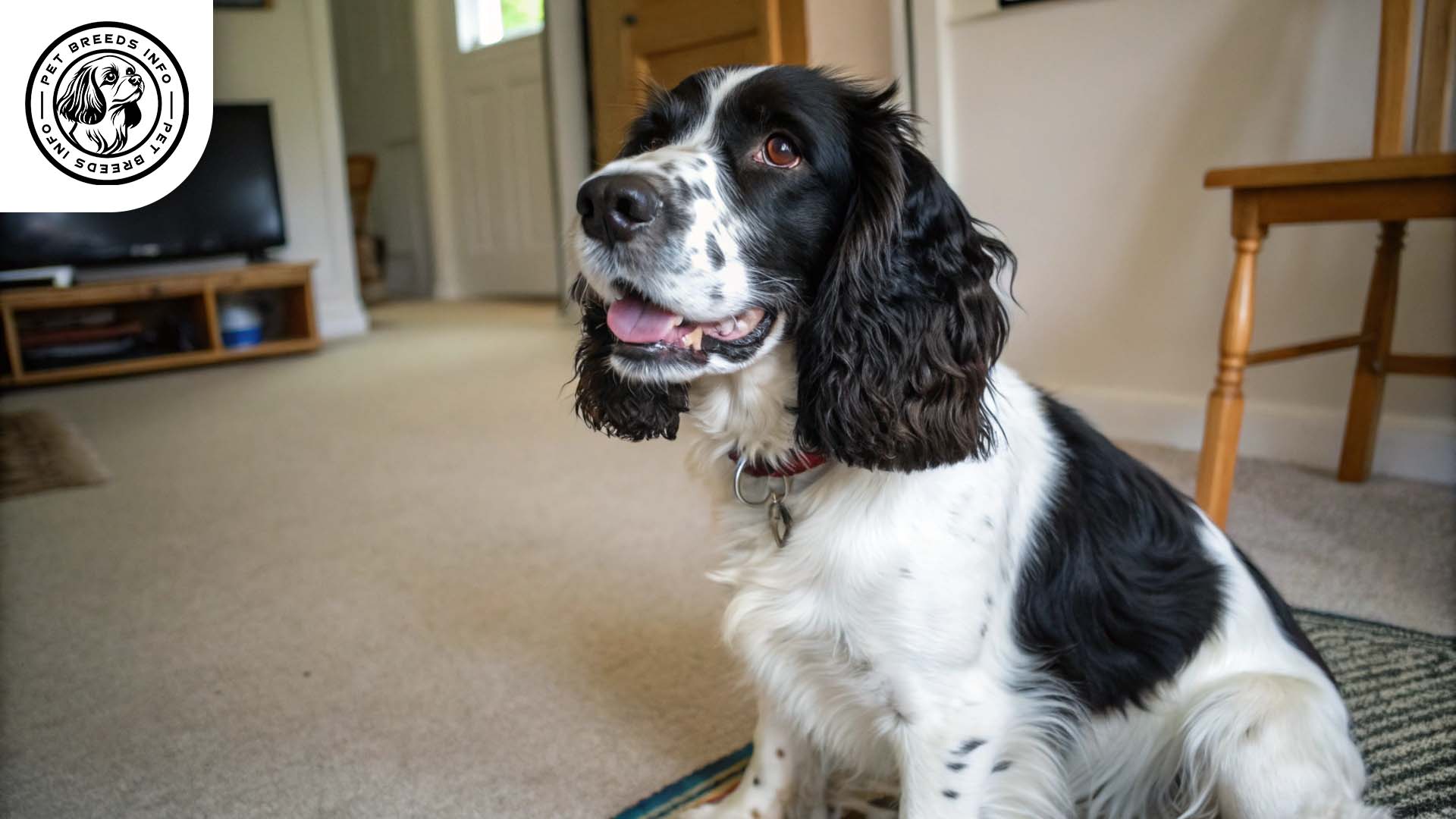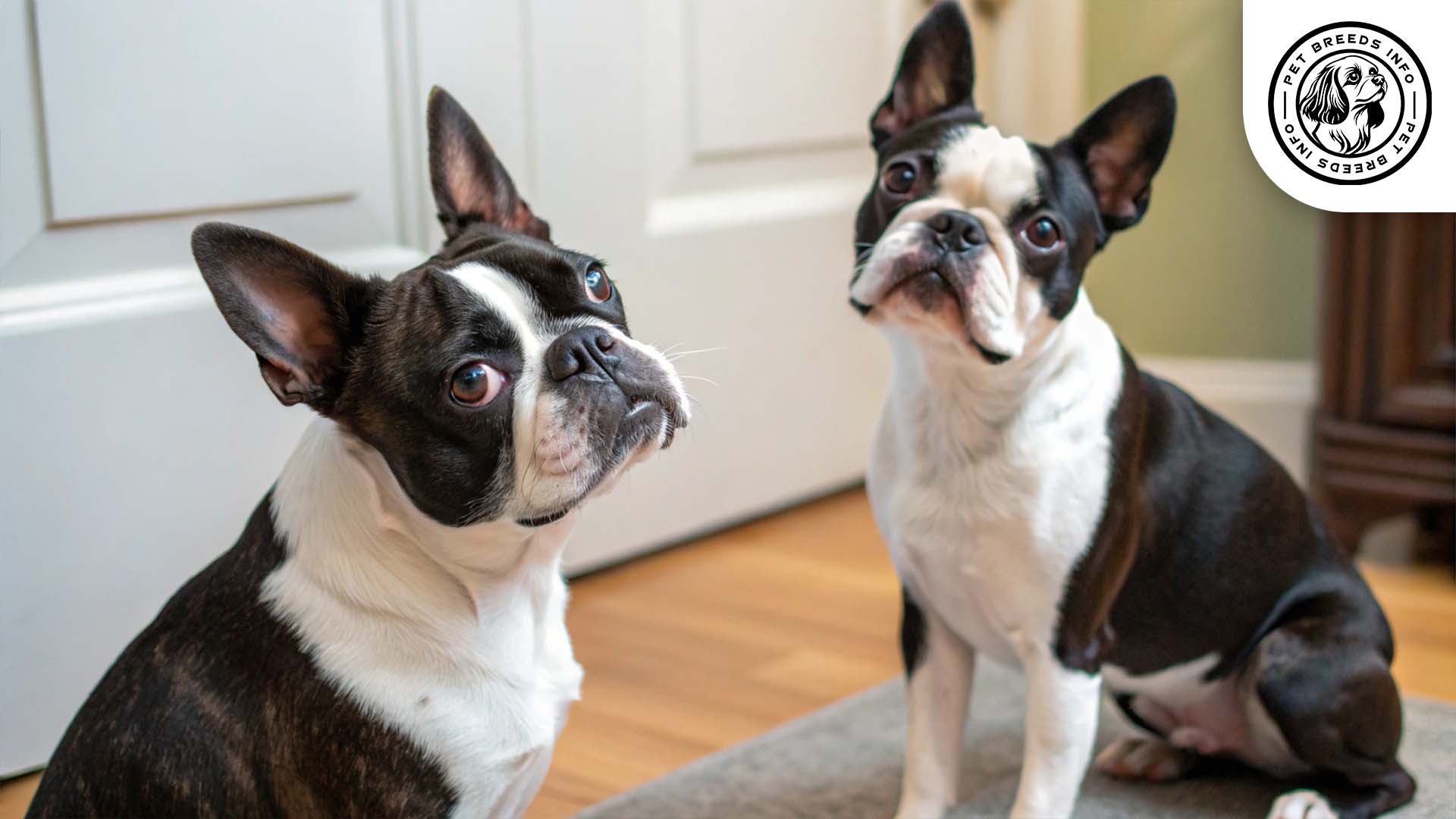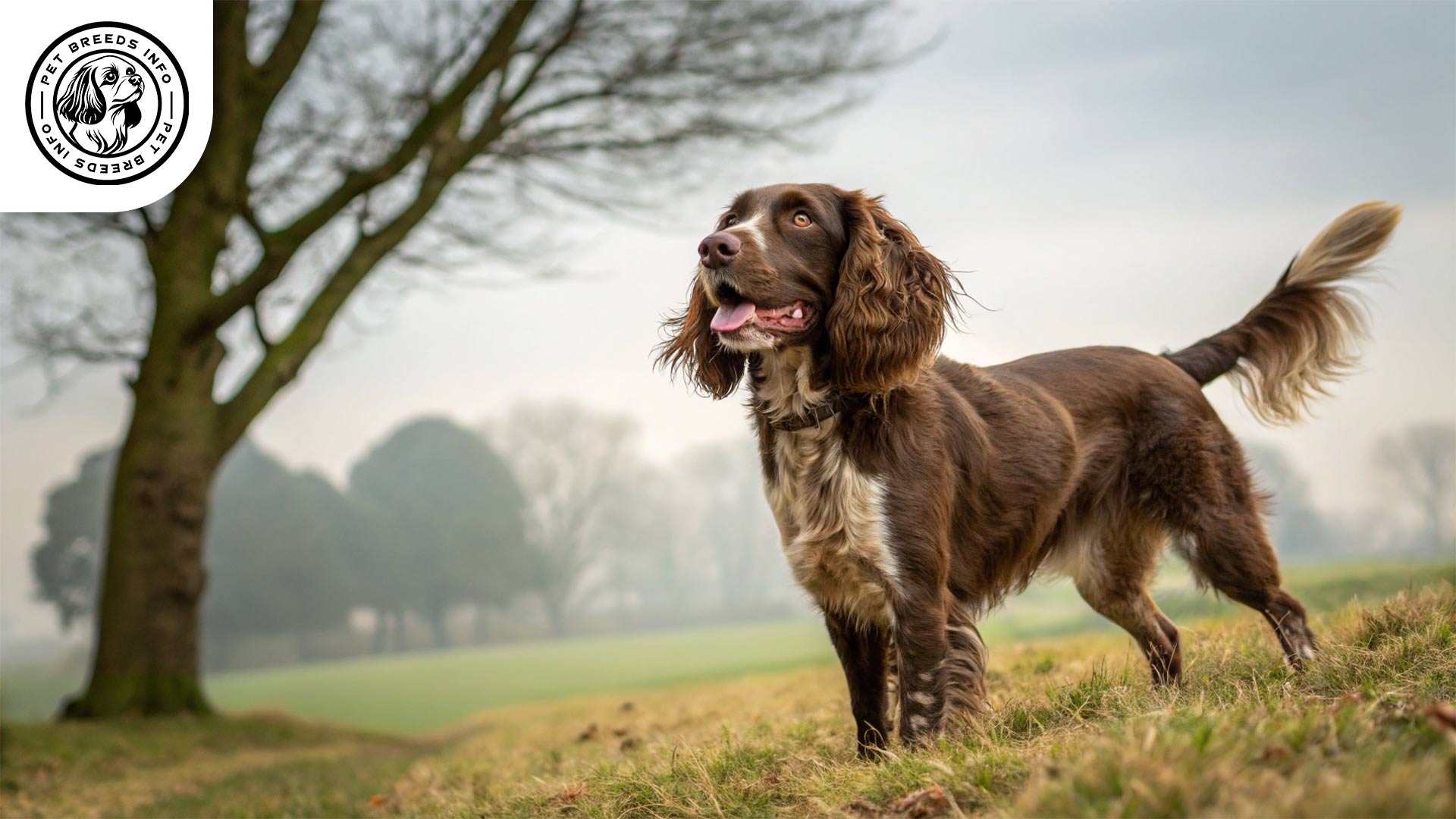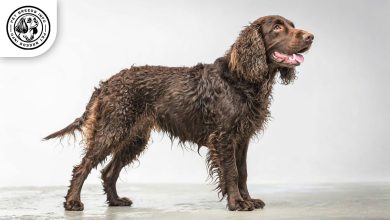Russian Spaniel Dog Breed: Size, Health, Price & Personality
General Introduction of the Breed
The Russian Spaniel (Русский спаниель) is a medium-sized hunting dog developed in Russia. This breed was created by crossing various Spaniel breeds, including the English Cocker Spaniel and the English Springer Spaniel, to develop a compact, resilient hunting dog suited to Russian terrain.
Originating in the mid-20th century, the Russian Spaniel was bred specifically for hunting small game and birds. It remains popular in Russia and neighboring countries for its keen nose, adaptability, and outgoing personality.
Table of Contents
| Weight | 11-16 kg (24-35 lbs) |
| Lifespan | 12-14 years |
| Diet | High-protein dry or wet food, raw or home-cooked meals |
| Care | Daily exercise, regular brushing (2-3 times per week) |
| Health | Prone to hip dysplasia, ear infections, and obesity |
| Color | White, black, brown, tan with patches or spots |
| Nature | Intelligent, loyal, energetic, friendly |
| Price | $500 – $1,500 |
Physical Characteristics
The Russian Spaniel is a small to medium-sized dog with a well-proportioned body and a strong, athletic build. Males typically stand between 38 to 45 cm in height and weigh around 13 to 16 kg. Females are slightly smaller, measuring 36 to 42 cm and weighing 11 to 14 kg.
The coat is medium-length, silky, and slightly wavy, with feathering on the ears, chest, belly, and legs. Common coat colors include combinations of white, black, brown, and tan, often with patches or spots.
The eyes are oval-shaped, medium-sized, and usually dark brown or hazel, giving the dog a friendly and intelligent expression.
The ears are long, hanging close to the head, and covered in soft, wavy fur. The tail is traditionally docked but, when left natural, is of medium length and slightly curved.
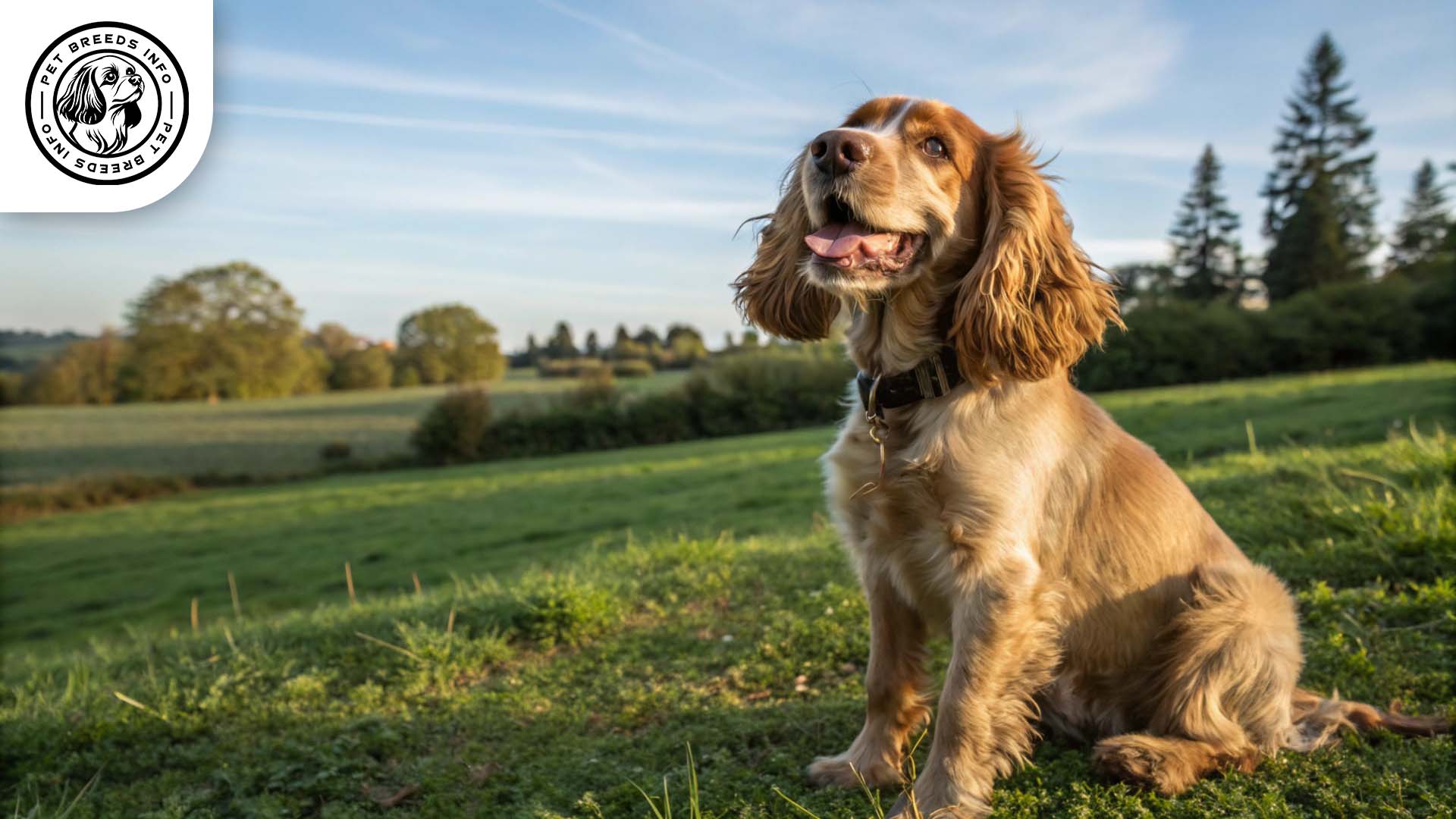
Personality and Temperament
The Russian Spaniel is an intelligent and highly trainable breed. It enjoys learning new tasks and excels in obedience training.
Known for its energy and enthusiasm, this breed requires regular physical and mental stimulation. It is a loving companion, forming strong bonds with family members and showing great loyalty to its owners.
The breed is generally friendly and sociable with humans, children, and other pets. Russian Spaniels have a strong hunting instinct, making them highly alert and playful.
This breed is sensitive to environmental changes but adapts well when given consistent training and a stable routine.
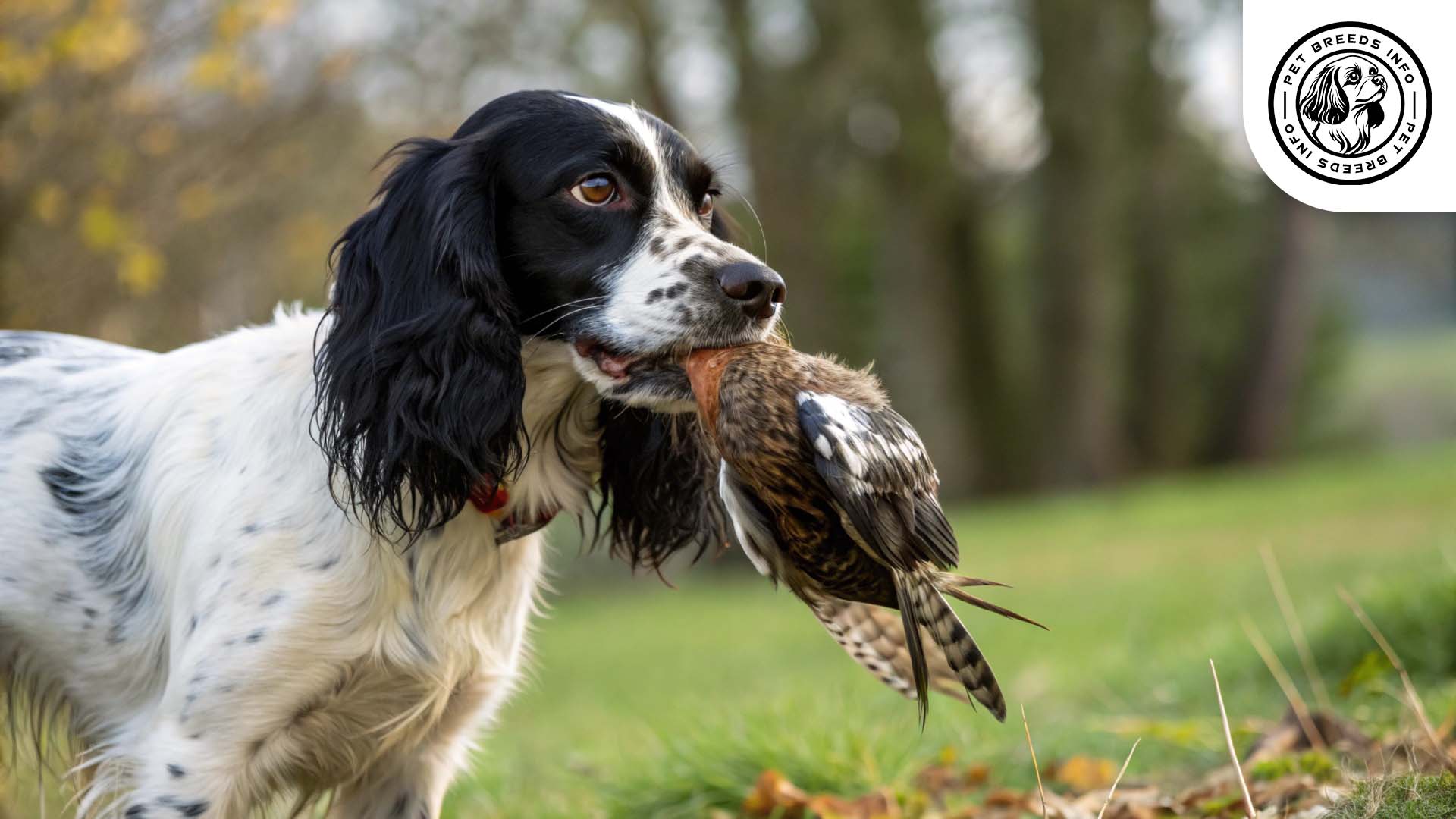
Care and Maintenance Requirements
Russian Spaniels require daily exercise, including long walks, playtime, and mental challenges. They enjoy activities like retrieving, hiking, and obedience training.
They can adapt to apartment living but thrive better in homes with access to outdoor space.
Read More: Molossus Type Dog
Grooming requirements include regular brushing to prevent matting, especially on the feathered areas. Shedding is moderate, and brushing two to three times per week is ideal.
This breed tolerates cold weather well but may struggle in extreme heat. Owners should ensure hydration and shade during warm conditions.
Regular hygiene maintenance, such as nail trimming, ear cleaning, and dental care, is essential for overall health.
Diet and Nutrition
The Russian Spaniel benefits from a high-quality diet that includes protein-rich dry or wet food. Some owners opt for raw or home-cooked meals.
Portion control is essential, as overeating can lead to obesity. Feeding should be divided into two meals per day for adult dogs and three meals for puppies.
Foods to avoid include chocolate, grapes, onions, garlic, and excessively fatty human foods.
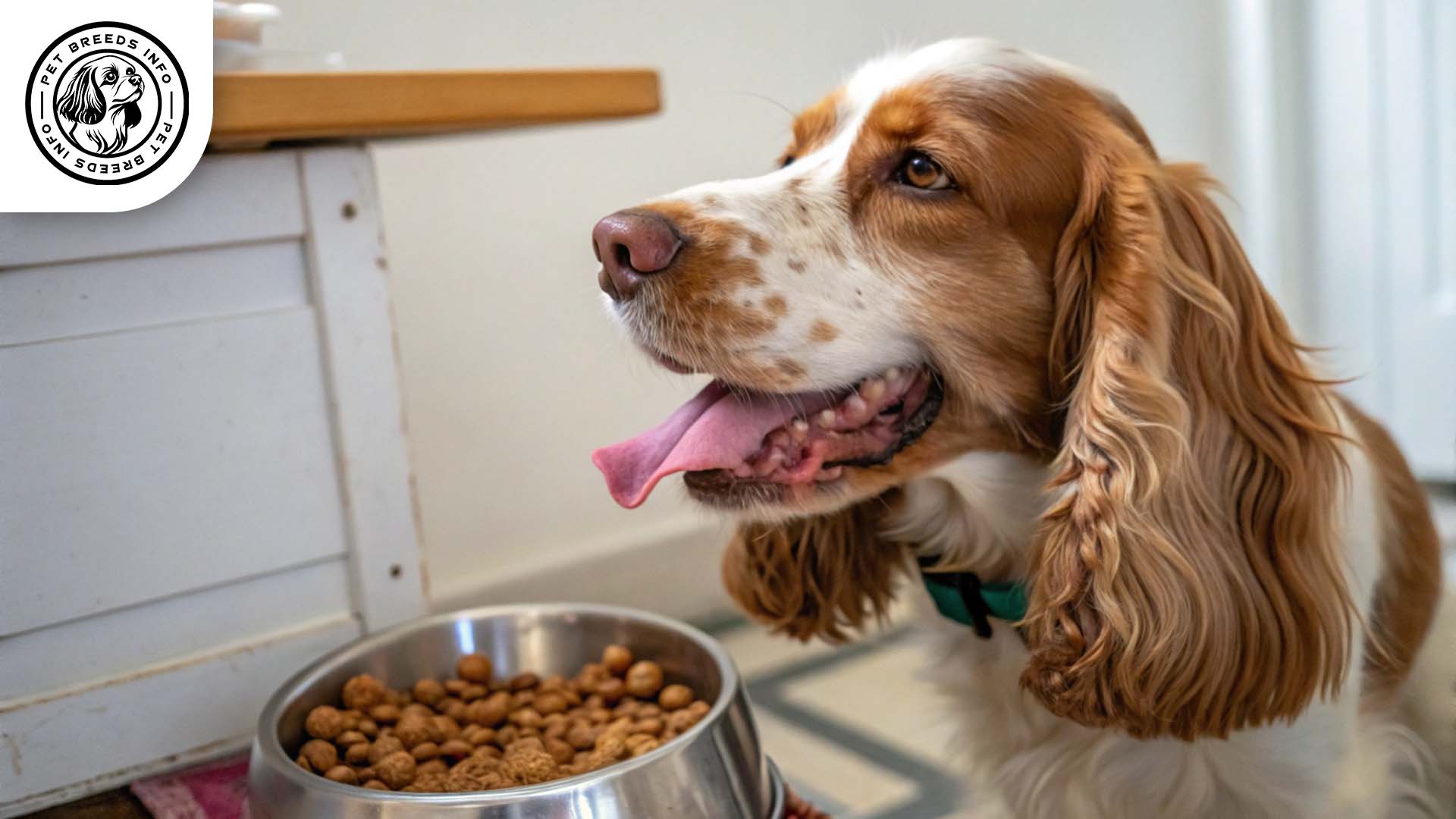
Health and Common Medical Issues
The Russian Spaniel is generally a healthy breed with an average lifespan of 12 to 14 years. However, it may be susceptible to common conditions such as hip dysplasia, ear infections, and obesity.
Regular veterinary check-ups, vaccinations, and parasite prevention are crucial for maintaining good health.
Read More: Lurcher Dog
Training and Behavior Management
The Russian Spaniel is highly trainable and responds well to positive reinforcement methods.
Early training and socialization are key to curbing excessive barking and promoting good behavior.
Owners should focus on consistency and provide opportunities for hunting-style games and obedience drills.
Interaction with Other Animals and Humans
This breed interacts well with children and enjoys playing with them, making it a fantastic family dog.
It gets along with other pets but may exhibit a prey drive toward small animals.
Best suited for active families or individuals, the Russian Spaniel thrives on attention and dislikes being left alone for long periods.
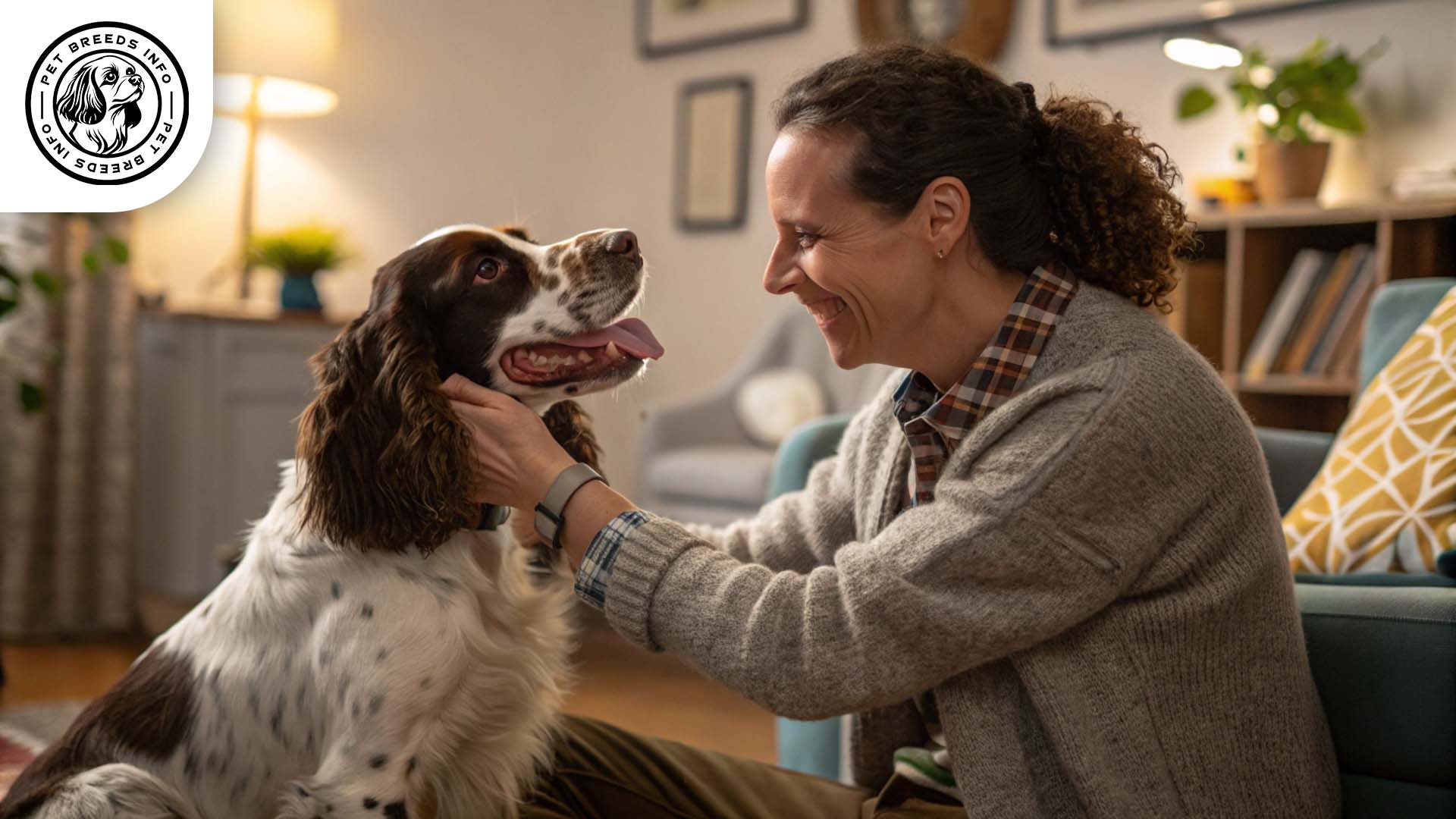
Price and Availability
The price of a Russian Spaniel varies depending on breed quality and location, typically ranging from $500 to $1,500.
Reputable breeders, adoption centers, and specialized rescue organizations are the best sources for obtaining this breed.
Potential owners should ensure ethical breeding practices and request health screenings when purchasing a puppy.
Read More: Hovawart Dog
Conclusion and Final Thoughts
The Russian Spaniel is a loyal, energetic, and affectionate breed suited for active individuals and families. With its keen intelligence and friendly nature, it makes an excellent hunting companion and family pet.
Prospective owners should consider the breed’s need for exercise, training, and companionship before making a commitment.
With proper care and attention, the Russian Spaniel can be a devoted and happy member of any household.
FAQ
What is the lifespan of the Russian Spaniel?
The Russian Spaniel typically lives for 12 to 14 years with proper care.
Does the Russian Spaniel need a lot of exercise?
Yes, they need daily exercise, including walks, play, and mental stimulation to stay happy.
Is the Russian Spaniel good with children?
Yes, they are friendly and sociable, making them an excellent family companion.
What diet is best for a Russian Spaniel?
A high-quality protein-rich diet, including dry or wet food, is ideal for this breed.
Are there any common health problems with Russian Spaniels?
They may be prone to hip dysplasia, ear infections, and obesity, so regular health checkups are important.
